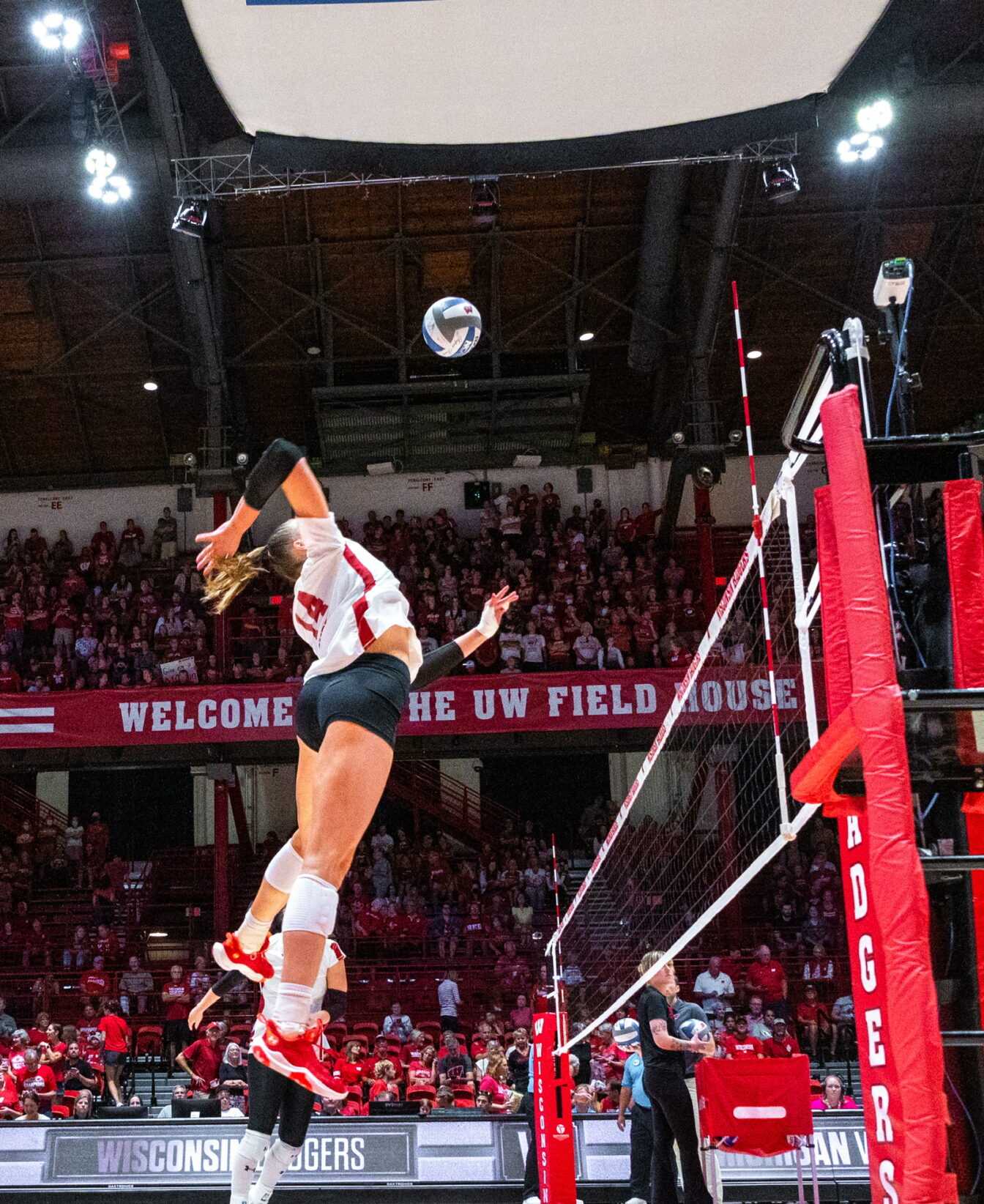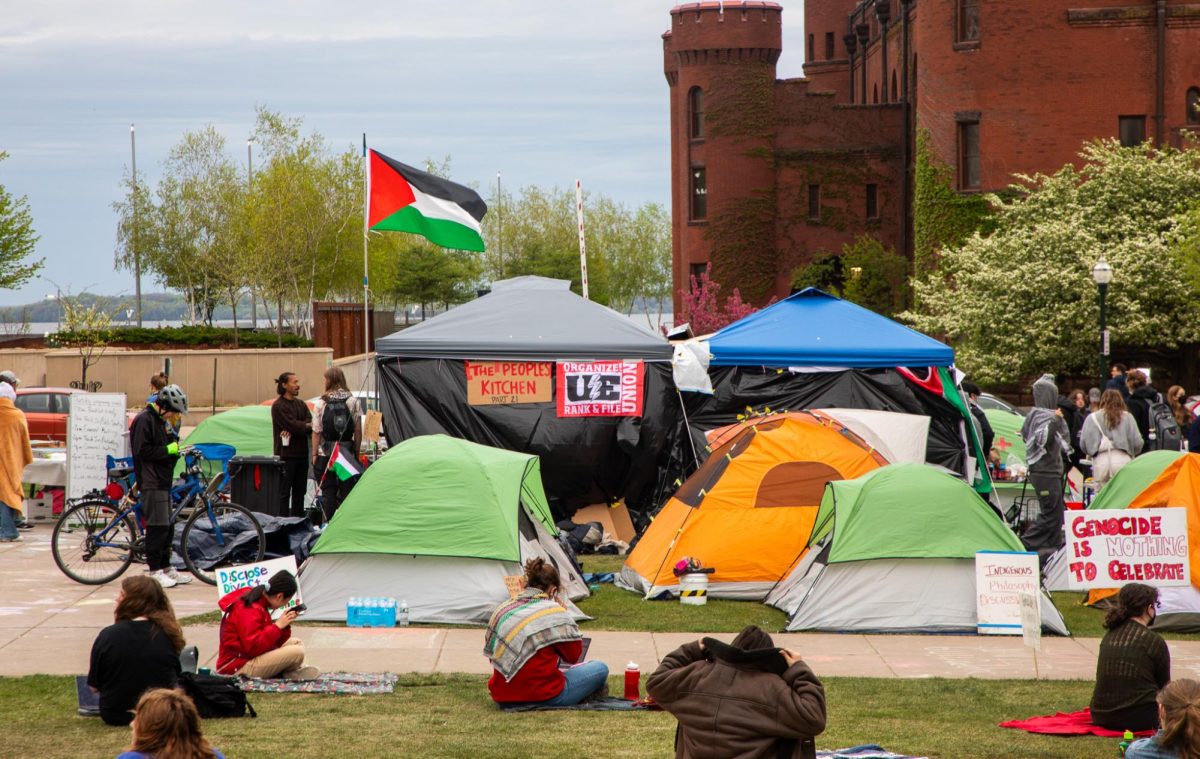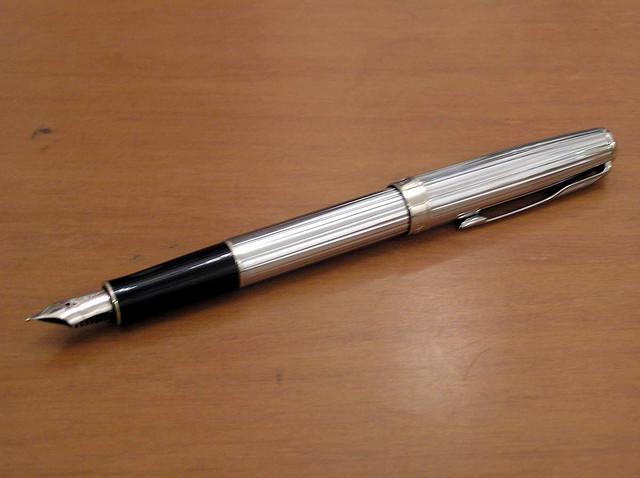From hashtags to news stories, Charlie Hebdo took the world by storm during winter break. The attack on the satirical magazine ultimately left 17 people dead and a nation heartbroken. The gunmen used offensive cartoons published about the Prophet of Islam as a justification for their actions (drawings of the Prophet aren’t allowed in Islam). In this digital age, the call for protecting our freedom of speech is spreading across the world in the form of the hashtag #jesuischarlie, which translates to “I am Charlie” in French. The events surrounding Charlie Hebdo echoed something that happened right here on our own campus.
During my junior year of high school, the news was filled with examples of similar events. From the attempted attack at a Danish newspaper that had drawn satirical cartoons of the Prophet Muhammad to the cancellation of a South Park episode that defamed the Prophet, debates about free speech sprung up on campuses across the U.S.
At the time, a student organization on our own campus took to the streets and drew stick figures meant to represent Muhammad. The display was meant to show support for the freedom to draw and write. The Muslim Students Association at that time reacted with a peaceful and quite comical response – they drew boxing gloves on the stick figures. The Prophet Muhammad is a revered and beloved figure in Islam. By drawing boxing gloves on the stick figures, MSA shifted the drawing from a representation of the Prophet to the renowned boxer Muhammad Ali.
While some students saw MSA’s actions as a means of censorship, I believe this was a unique way to express themselves and stand up for their beliefs. In a space where the Muslim voice was left out, the MSA used this action as a means of entering the narrative.
As a Muslim student, I felt stuck when discussing these events. The death of any human being is to be mourned and any decent human condemns violent actions. The Charlie Hebdo incident, however, turned into an “us vs. them” dichotomy, similar to the occurrence that happened on campus. It was falsely boiled down to either supporting offensive drawings of the Prophet or being on the same side as those who preach violence and hatred.
In the case of protest here in Madison, the redrawing of the Prophet on campus could have been a way to “stick it” to the those who support censorship. However, was it fair to also “stick it” to fellow Muslim students on campus that hold the Prophet Muhammad in great revere? In defense of free speech, was it fair to do this action at the expense of fellow students’ beliefs?
The debate of free speech and freedom of expression is a tricky subject to analyze. While I do believe in the freedom of expression, I am also critical of its exclusionary nature regarding whom receives this freedom. In the case of Paris, where the freedom of religion is violated by the forbidding of the headscarf and other forms of religious clothing, freedom of speech becomes a tool of power.
Additionally, with the current image and perception of Muslims, the “freedom of speech” utilized to spread hate about Islam allows Muslims to be stereotyped and generalized into one homogenous group. In a country where Muslims are ostracized and stereotyped for their identity, #jesuischarlie became a call that shunned anyone who was critical of the newspapers offensive content.
Although this was an international occurrence, the same concepts took place here on our campus. The stick figures were similar to the pencils raised at protests across Paris and the world. While the student group at that time had the right to draw whatever they wanted, what was the purpose and goal? Where does freedom of speech become hate speech? I don’t have the answers to these questions, but for the health of the world we live in, I hope we find them soon.
Naman Siad ([email protected]) is a senior majoring in community and environmental sociology.





















